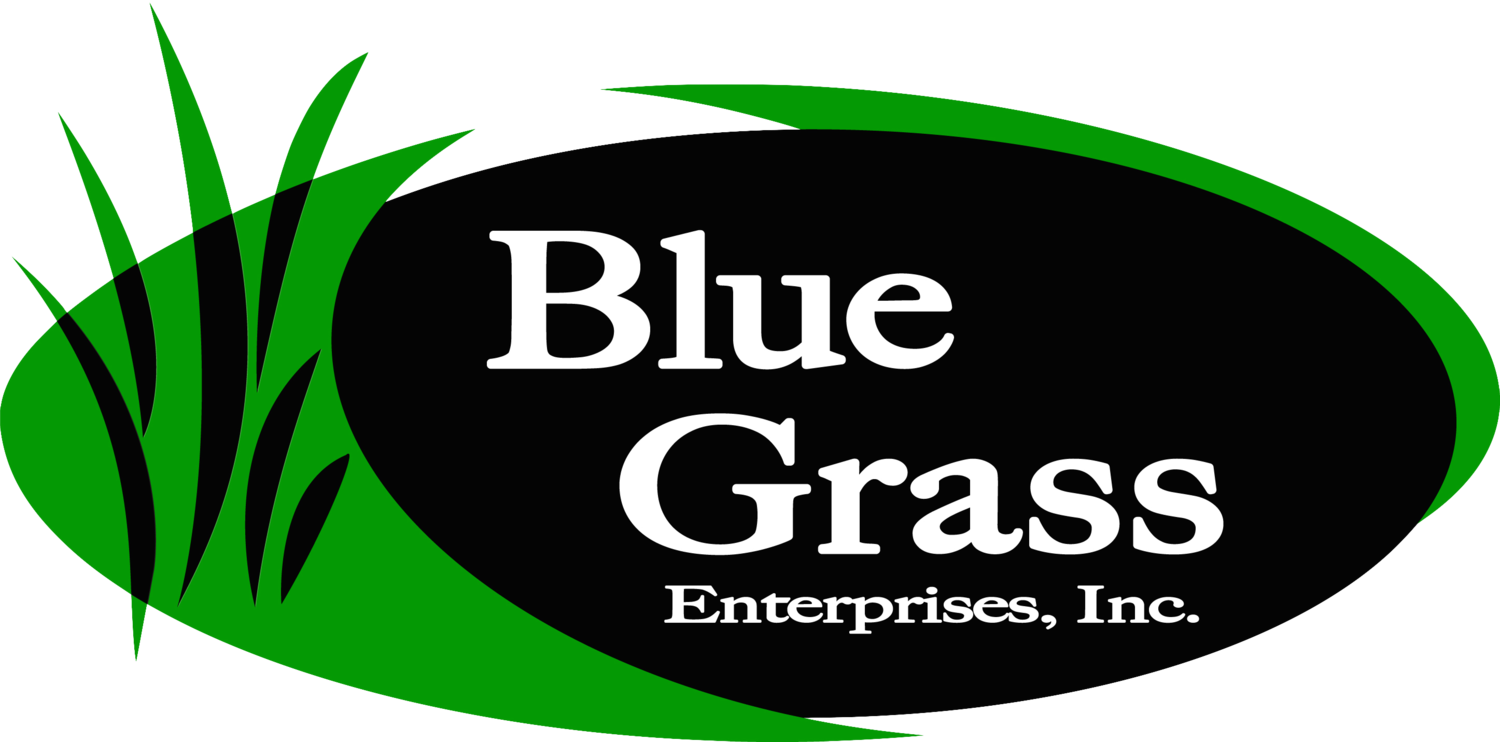What is this “Water Grass” in my lawn!?
Every year we get hundreds of questions about “water grass” from our customers. In our experience, when people are talking about “water grass” they are actually referring to dozens of different weeds - which is why we always ask for pictures!
However, one of the most common “water grass” weeds we see in photos is actually not a grass at all. It is a very common sedge.
Yellow Nutsedge
Eh? What’s a sedge?
Sedges are a large, diverse family of plants. There are over 5,000 species in 104 genera making it one of the largest families of monocots (flowering plants). Sedges can also be difficult to prevent because most weed preventers or weed-and-feed products are not labeled for sedge control.
The most common sedge in Eastern Iowa lawns is the Yellow Nutsedge. This plant LOVES areas that are typically wet with poorly draining soils. It is a fast grower, often standing at a significant height over its grassy neighbors. Its leaves are triangular in feel and shiny in appearance. They also put on yellow flowers and drop seeds, ensuring another generation of nut sedge family in your lawn's future.
Control for this weed can be a little tricky. One good thing about them is that they pop out of the ground very easily and, with persistence, you can get ahead of them. (Author’s note: I secretly love pulling Yellow Nutsedge. It’s strangely satisfying when they just pop out of the ground.) However, this isn’t necessarily the best way to control them because it is nearly impossible to remove the entire plant - including the nutlets that grow underground - when you pull the plant. New plants can regenerate from any nutlets left behind which creates a sort of hydra-like Yellow Nutsedge infestation in place of the single plant.
If you do elect the pulling method, plan on pulling these weeds multiple times in summer and fall until you get ahead.
If you subscribe to the “better living through chemistry” method of lawn care, you can purchase a spray that will eliminate the problem much more efficiently than pulling. Be very intentional about finding a spray that is specifically labeled for Yellow Nutsedge and follow the directions closely.
Finally, one of the best ways to avoid this plant in the future is to aerate annually and feed your lawn well. Well-drained soils are much less ideal for sedges in general, and a thick, lush lawn provides a natural canopy that prevents many weeds from being able to compete in the first place.


